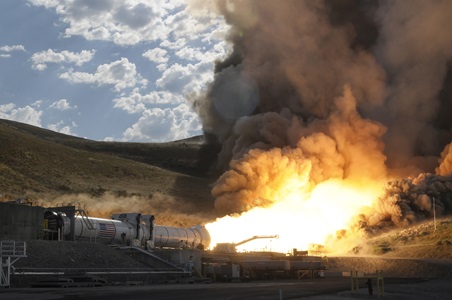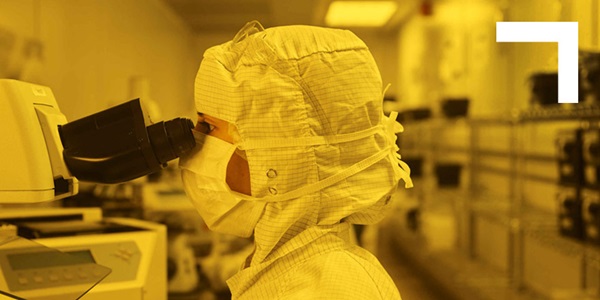Need Insight Into the Whole Electromagnetic Spectrum? Multifunction Sensors Deliver
Delivering more efficient and effective military technology to warfighters
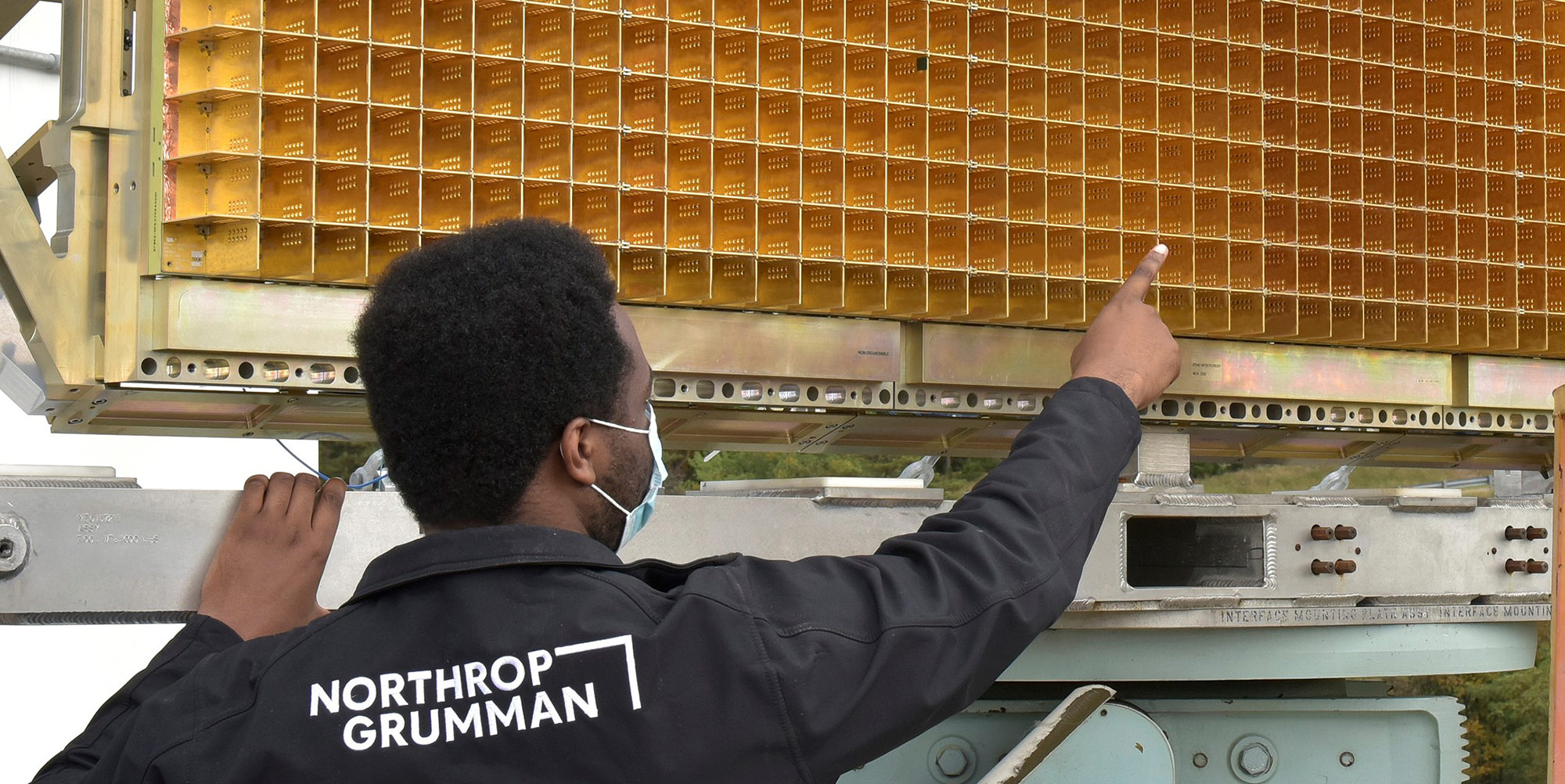
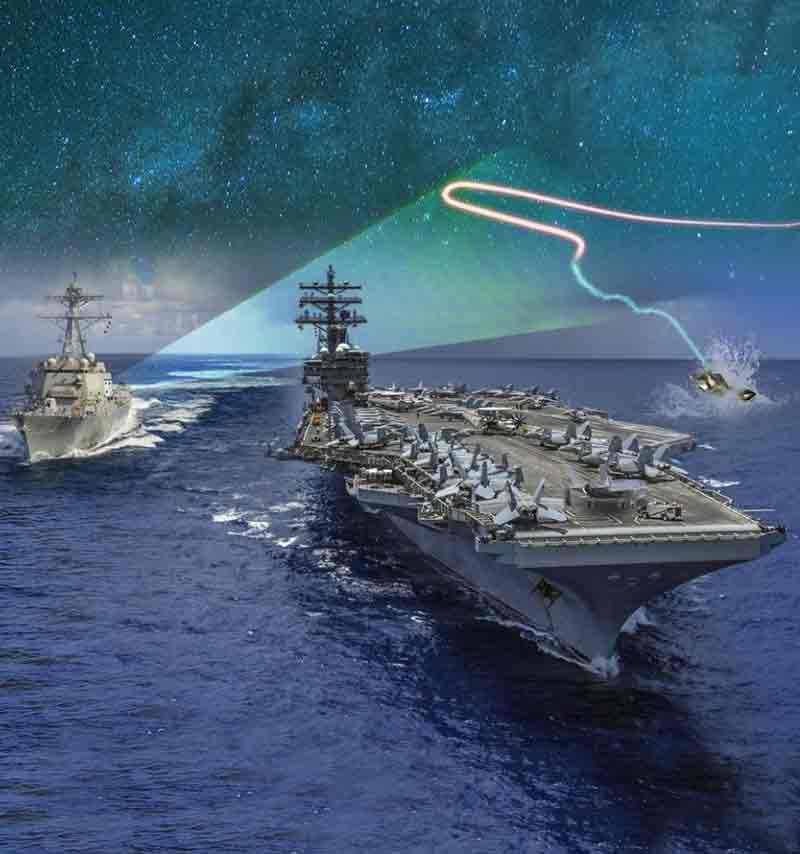
By Brooks McKinney, APR
There’s a new tool making the effort to deliver valuable military technology to warfighters more efficient and effective: multifunction sensors.
"With multifunction sensors, we can now see in all directions all the time across the entire electromagnetic spectrum of interest to our customers,” says Mark Neebe, director of advanced programs for Northrop Grumman.
However, military aircraft and ships still rely heavily on electronic sensors to conduct their missions. Think: surveillance radars, targeting radars, fire control radars, navigation systems, electronic warfare systems and communications. These sensors are often installed as dedicated systems, each one operating in a different band of the electromagnetic spectrum — as well as consuming a valuable portion of the size, weight and power (SWaP) budget allocated to the platform's electronic systems.
"Aircraft and ships used to need different sensors operating in different frequency bands to detect and deal with threats coming at them from various directions,” Neebe points out. Multifunction sensors tackle a key challenge by bringing information from all these sources together.
Channeling the Smartphone
Neebe compares the evolution of military multifunction sensors to that of smartphones.
"It used to be that consumers would buy a point-and-shoot camera, a GPS navigation system and a flip phone," says Neebe. "Today, we have a handheld device that performs all of those functions, and it can perform them all at the same time."
Neebe notes that smartphones were enabled by miniaturization technologies, the maturation of the Internet and giant leaps in display and battery technologies. Similarly, multifunction sensors owe their existence to significant advances in military technology, including:
- Shrinking microelectronics, which have allowed more functionality to be placed on the plane of an antenna, reducing the cost per unit area of processing real estate and enabling full spectrum digital operations
- Broadband antennas that can detect incoming signals across the electromagnetic spectrum, allowing multifunction sensors to conduct multiple missions in multiple frequency bands simultaneously
- The development of open architectures that enable new hardware to be added to older systems on a plug-and-play basis
- Portable software applications — such as electronic warfare, fire control and communications — that can be installed and run on multifunction sensors
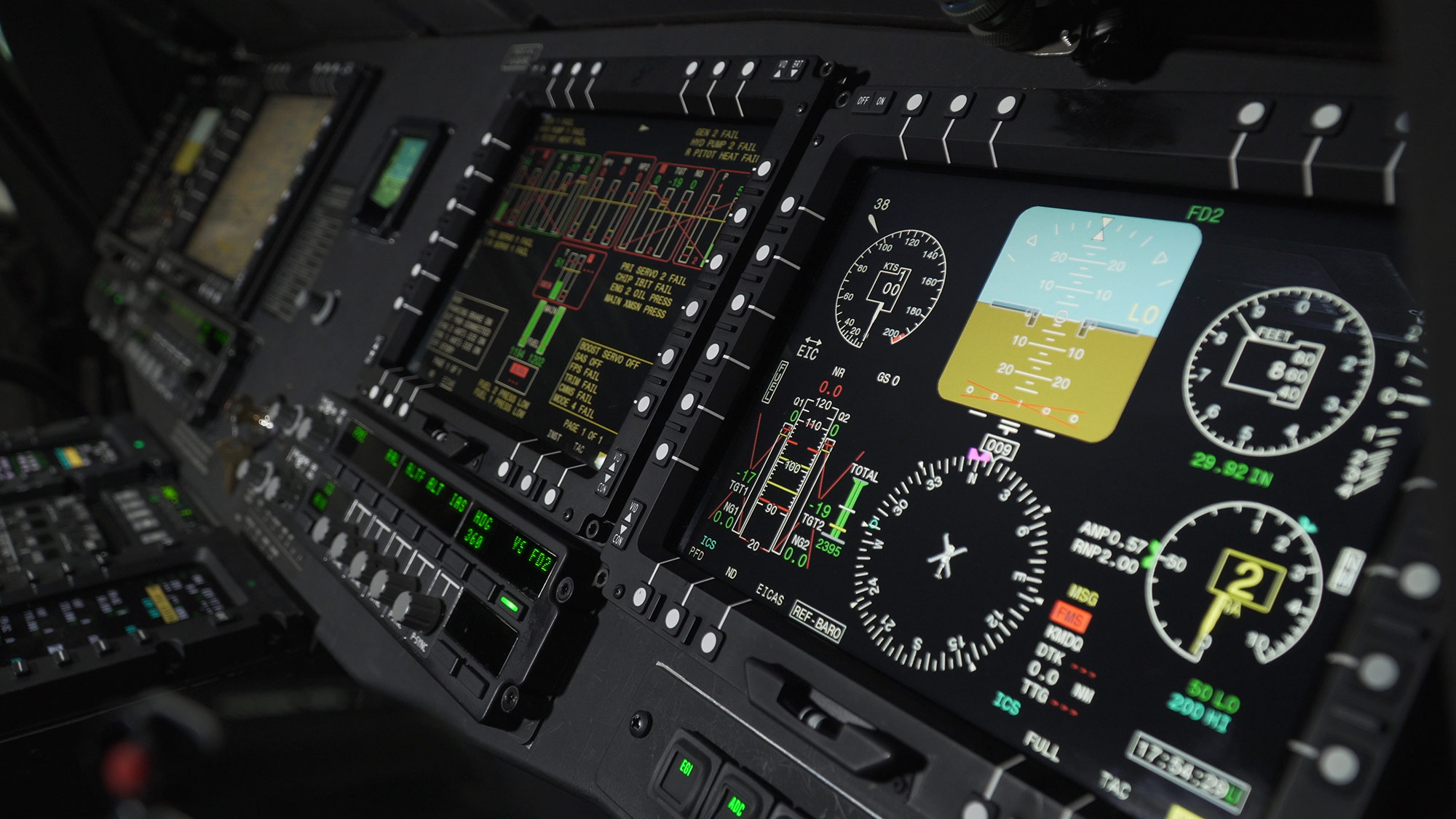
Defeating Complex Threats with Multifunction Sensors
According to Kev Hays, manager of electronic and information warfare programs for Northrop Grumman, customer demand for multifunction sensors has grown in response to increasingly agile and sophisticated enemy threats.
"There has been an absolute requirement by the U.S. Navy for the industry to develop multifunction apertures," he says.
The company responded to that requirement by developing a shipboard-capable multifunction sensor that could perform active and passive electronic warfare, active and passive information warfare, and communications — all at the same time. That sensor was developed for the Navy's Integrated Topside program, which evolved into Block 3 of the service's Surface Electronic Warfare Improvement Program (SEWIP).
"With multifunction sensors, we can now effectively subdivide our aperture using different portions of the antenna to receive and process signals from multiple incoming threats simultaneously," Hays explains. "This simultaneity is foundational to Northrop Grumman's family of multifunction sensors."
Delivering Open Mission Systems
According to Neebe, another key characteristic of these sensors is that they comply with a U.S. government architectural specification called Open Mission Systems.
"Open Mission Systems provide common interface and data formats that guarantee, in effect, that if you buy a multifunction sensor to perform say, a radar mission, you'll be able to add apps in the future to perform other missions such as communications or signals intelligence without having to buy new hardware," he explains. "It's similar to how consumers can add new apps to their smartphones without having to buy a new phone. It truly simplifies the hardware acquisition process for our customers."
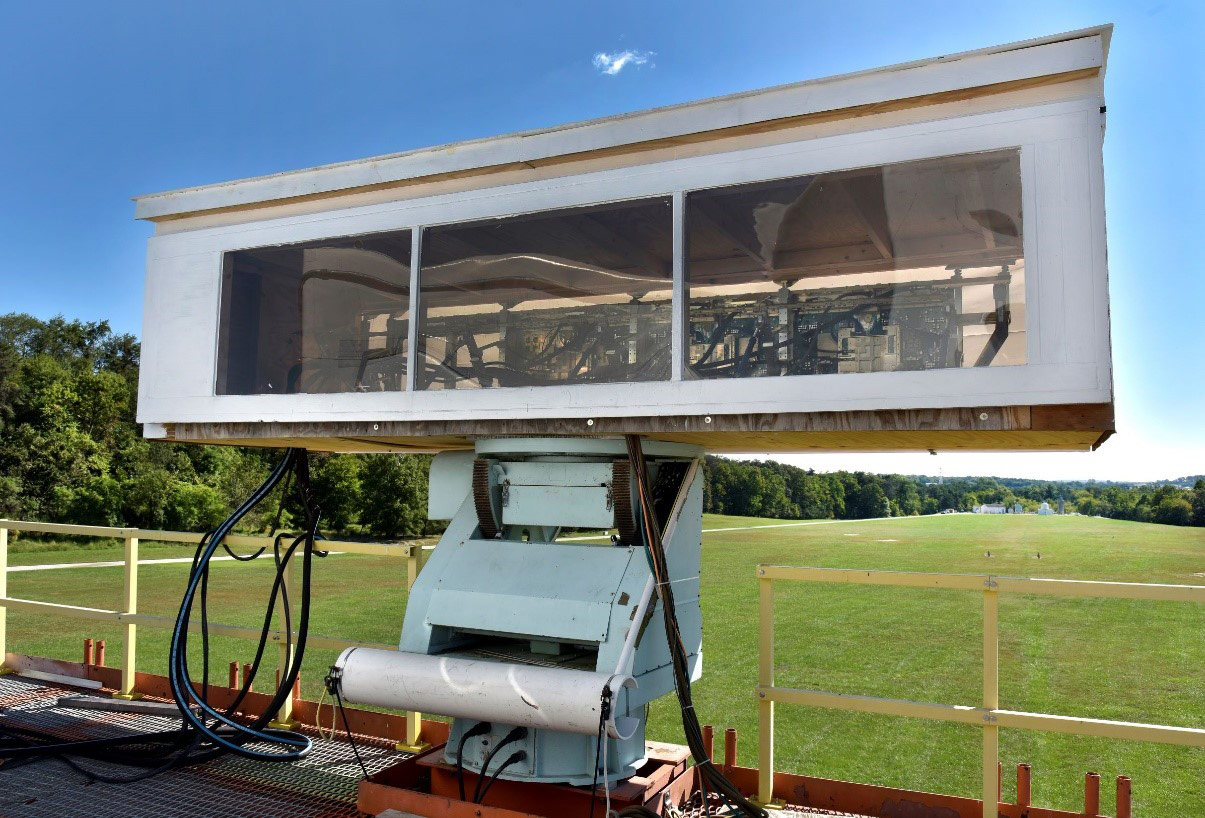
Solving for Evolving Electronic Threats
Multifunction sensors address not only the evolving mission needs of Northrop Grumman customers but also the evolving nature of electronic threats.
"Our software-defined radios and software-defined apertures can receive updates automatically, which allows our warfighters to stay ahead of the latest threats," says Hays. "More importantly, we're developing multifunction sensors that use artificial intelligence and machine learning to adapt in real time to enemy threats without having to wait for software updates."
Hays also believes that multifunction sensors could eventually become predictive systems — not just reacting to what's happening now but anticipating what may happen next and taking steps to prepare for that situation.
More importantly, we're developing multifunction sensors that use artificial intelligence and machine learning to adapt in real time to enemy threats without having to wait for software updates.

Small but Mighty Sensors
"If you've ever been inside a military helicopter, you know that real estate is at a premium," says Robert Mosier, director of strategic planning. "Helicopter crews still need a diverse set of communication, survivability, navigation and targeting functions to conduct their missions, however. Multifunction sensors clearly address the need to minimize sensor size, weight, power and cost (SWaP-C) in the vertical lift environment." The need for open architecture and multifunction systems is very apparent on rotary wing aircraft.
“With open architecture, we can provide a path to long-term relevance and multifunction capabilities for an entire platform. It’s flying today on the UH-60V helicopter and showing just what can be done with this approach,” said James Conroy, vice president of navigation, targeting and survivability.
Mosier adds that these sensors can also simplify aircraft and shipboard sensor logistic trains.
"Instead of maintaining spare parts for multiple dedicated sensors, a customer could use a shorter list of common parts to implement more mission functionality in a smaller SWaP-C envelope," Mosier suggests.
Technology Serves the Warfighter
Ultimately, Mosier emphasizes that Northrop Grumman is committed to meeting critical military needs to respond to increasing threats. Giving warfighters the ability to have eyes in all directions, all the time, across the entire electromagnetic spectrum is empowering. By investing in multifunction technology, Northrop Grumman is taking advantage of the evolution in digital technology to protect us from enemy threat.
